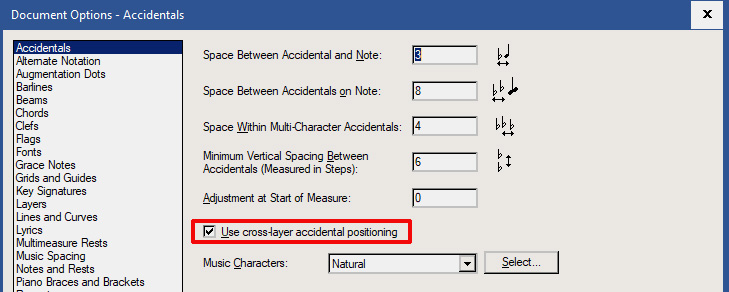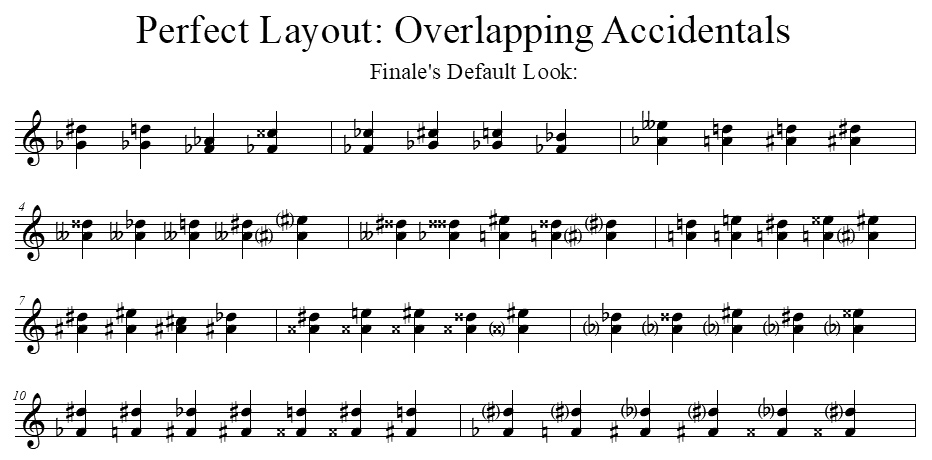

Patient factors include age, skin thickness, nutrition, bleeding tendencies/disorders, and medications that thin the blood. Techniques that increase bruising and swelling include whether or not the nasal bones were broken (osteotomies), the extent of soft tissue dissection/elevation from the bony-cartilaginous framework, and whether the surgery was performed open or closed. They are dependent on several factors related to both the surgical technique and the patient.

Be patient, your smile should return to normal.īruising and swelling are a normal part of rhinoplasty recovery. Fortunately, this resolves by itself in the first several weeks after surgery as the swelling subsides. It is very common for rhinoplasty patients to report (in the first several weeks after surgery) that their upper lip feels stiff and that it is difficult for them to smile. You should still get a benefit even if you havent started taping until 2 months after surgery. Secondly, and perhaps more importantly, pressure on the tissues causes the collagen fibers in scar tissue to become more organized, which reduces the volume of the swollen area.The most effective for taping is in the first six months after surgery. First, it can help 'press' out some of the swelling that results from trapped fluid in the tissues. Gentle pressure from the tape does two things. Taping the bridge of the nose and the supratip area (area above the tip) can significantly reduce postoperative edema (swelling). As a result, patients frequently worry that the bump will be permanent. This area often appears more swollen that the rest of the bridge and can remain swollen for several months.

Following a hump removal during a rhinoplasty, it is very common for there to be excessive swelling over the central portion of the nasal bridge overlying the area where the boney hump was removed. Swelling can persist during this time, particularly in the tip and over the area where a boney hump was removed. You should give yourself several months if if there are any work or social engagements that would cause concern. It can take as long as a year for the final shape to become apparent. To the patient, the nose will look swollen or "puffy" for several months.īy about 3-4 months, the majority of the swelling will be gone but will look larger in photographs. Usually by the end of the second week, the swelling and bruising have subsided enough that the casual observer will not readily notice that the nose has been operated on. When the cast is removed after one week, the nose will look swollen. The swelling gradually dissipates over the first several months and thus the appearance of the nose changes gradually. The nose undergoes significant changes in the first 2 to 12 weeks following rhinoplasty.


 0 kommentar(er)
0 kommentar(er)
